This article was percolating in my mind when a KITPLANES reader requesting an article about aircraft build times (“Letters,” December 2018) caused it to boil over onto paper. The question “How long will it take to build?” is tied with “How much will it cost?” as the most common questions potential builders ask. The reader wrote that his requirements were an airplane that goes fast, goes far, and builds quickly. He created an equation to help him choose a design:
Speed of Plane Time to Build = Highest Number Wins
With this equation, he acknowledged, a slow airplane that builds quickly will win. Quite the opposite of what he wants. His formula needs another factor to guide the results in the proper direction, but any formula he could craft would be forever-evolving as it continued to produce unwanted results. Numbers, garnished with mathematical symbols and served cold in a spreadsheet, can’t replace an increasing heart rate and narrowing gaze when a design reveals itself as the one.
There isn’t an answer to “How long?” (Ouch, that was brutal.) And the questions you should be asking, you should be asking of yourself. I have focused this article on the many variables that impact build time and the questions to ask that only you can answer.
Building is often repeating the same task, like attaching ribs to the spar. The rhythm developed in one long work session will get the task accomplished more quickly than multiple brief work sessions.
The Journey or the Destination?
Homebuilding truth: Nearly every builder spends far more time building their airplane than flying their airplane.
Two people leave Philly and drive to Seattle (this is neither a joke nor a math problem). One travels the interstates and grabs a premade sandwich at each gas stop. The other travels state highways to see the sights and partake in one-of-a-kind restaurants to taste the flavors of the country. They both arrive in Seattle, but they each had a vastly different experience. That’s how it is with homebuilding. It’s the destination and the journey.
This fuselage, bristling with Clecoes, can be completely riveted in a few hours. This type of progress is a real boost to the momentum of a project.
If your sole focus is the destination, even 100 hours spent building will be too many. You may want to consider a nice flying example of the homebuilt you want, even avoiding the temptation to buy a partially completed project to save time, as they are often more work than starting from new. If you are interested in the journey, the question “How long?” holds less sway. If you are interested in both the journey and the destination, find the design that suits the kind of flying you want to do and pack your bags—you’re in for an adventure.
Not sure of your answer? Consider this: When you lust for the Zippy 200RG, do you picture yourself flying it, or do you picture yourself nurturing its progress in your garage? If your thoughts are focused on the flying (and the paint scheme), look for a flying Zippy on the used market. If, however, you glance at an empty closet in your spare bedroom and think, “What a great place to store the tail when it’s done,” that is a serious sign you want to build. Keep reading or order your kit now. Either way, we’re moving on.
Someone who is familiar with blueprints will make faster progress than someone who has to learn how to read them. Is learning a new skill to be counted as building time, or is it simply time spent learning a new skill?
Building Time or Elapsed Time?
Is your sharp focus on building time a concern for elapsed calendar time (“I’m 97, I need to be flying in a year”) or hands-on building time (“I’m very busy; I want something I can build in about three years working only Saturday mornings”)? A 1000-hour project can be completed in six months working 40 hours per week, or it can stretch to five years working only four hours every Saturday.
In 2002 Sonex Aircraft delivered a kit, such as they were back then (no matched-hole parts and builders had to make structural angles, support channels, tail ribs, etc.), to a builder who approached the project as a 40-hour-per-week job. Nine months later, he flew. He had some breaks from his 40-hour-per-week schedule for vacations and experienced a delay getting the aircraft painted. Assuming he worked his 40-hour-per-week goal, his AeroVee-powered project took 1280 building hours over seven months elapsed time.
In August 2014 Sonex Aircraft delivered a quickbuild airframe kit (also AeroVee-powered, keeping this comparison as apples-to-oranges as possible) to a customer who has sustained building for over four years. I don’t know how many hours he’s spent building (he may not either), but it’s likely more than the 1280 hours the builder in my first example spent, and our second builder had far less to build. Quickbuild kits are factory assembled to a level that leaves no doubt in a neighbor’s mind that a truck delivered an airplane to your house. Neither of these examples are presented as right or wrong, they just…are. No one could glean information from these two examples that would be beneficial in determining their own build time.
Rigging the wings can take a few hours or a full weekend if you stubbornly insist on working by yourself, as I did. These personal decisions, large and small, impact building time.
What Hours Count?
Homebuilding truth: There is no requirement to count building hours.
While no builder can tell you how long it will take you to build your airplane, they may be able to tell you how long it took them to build their airplane. Their answer, if accurate, will include a wealth of buts:
“…but I made a lot of changes.”
“…but I screwed up a lot.”
“…but I spent 150 hours on the avionics.”
“…but I flush riveted everything.”
Their answer is of no value to you. The aircraft designer can’t tell you either, but they give an estimate because they are forced to, by you. When I’m asked how long a Sonex takes to build, I respond, “From 250 hours to you’ll never finish.” I follow up with a blizzard of qualifiers.
Personal modifications to kit parts, such as my addition of a tail position light fairing to this tail tip, will increase build times, sometimes significantly. Builders seldom itemize time spent customizing their airplane from their stated build time, skewing the perceived build time of an unmodified kit upward.
Having built one, I’m invariably asked how many hours it took me to build my airplane. That’s easy to answer: I don’t know. Five years elapsed (here come the buts), but I scratch built. I was new to working with aluminum and fiberglass. I had few tools and little money. I was raising kids, remodeling a house, fixing broken stuff, and maintaining a British sports car (I guess that’s the same as fixing broken stuff). Should I include time spent polishing? The biggest “but” of all is it never mattered to me how long it took. I built for the journey. Tracking hours would have made it a job and might have caused me to rush tasks that took longer than anticipated (I’m looking at you, cowling).
What hours count? If you count shop time, do you stop counting when your son needs his bike tires inflated? What about time spent building jigs, cleaning up, and looking for the Cleco pliers? Do you count non-shop time, like running to the store for a new band saw blade? Are you “building” when you rummage through hardware vendors at AirVenture? Is time spent sketching your electrical system and getting upholstery quotes counted? Only if there were a universally accepted method to count hours would quoted hours have any value.
Avionics can take a significant amount of time to install. It’s a big reason why projects are often described as “50% done, 90% to go.”
Time Versus Quality Versus Cost
Some time-savers can be purchased from kit manufacturers as options, and other time reductions can be found by cutting corners on build quality. There’s a quantifiable cost to purchasing quickbuild options, and there are hidden costs to cutting corners. A rushed cut on a canopy can result in a significant cost in both dollars and time. Do you want to look at an ill-fitting cowl every time you preflight to save 10 hours of building time? If you’re set on a professional paint job, do you want it applied over poorly fit tail tips and a warped wing? Your enjoyment of the airplane and its resale value can suffer from a rushed build.
It is possible to build a very nice airplane in a short amount of time, but it takes a special builder to do so. A long build time, however, does not equate to quality construction. I have seen poor workmanship on airplanes that have taken a very long time to build, which underscores how useless quoting and comparing building times can be. Someone who quotes a long build time may have built a poor airplane full of shortcuts.
What Impacts Build Time?
Everything. Everything impacts build time. Building materials, climate, noise, odors, shop location, work session duration, shop size, distance to the hardware store, budget…the list is endless. If you really don’t want to build, I’ve listed plenty of “outs.” If you are compelled to build, your mind is already working on solutions to each situation.
The first consideration is aircraft complexity. Complexity comes in two forms: design complexity and systems complexity. An aircraft that has retractable gear or multiple fuel tanks takes longer to build because the systems are complex. More parts equal more time. A design can be complex even if its systems are simple; any aircraft with a tapered wing comes to mind. Building a fixture to make only two ribs is time consuming. Your decision on avionics will also impact build time. We’ve convinced ourselves (or have been convinced by others) that homebuilts need avionics once reserved for state-of-the-art military aircraft. All those black boxes take time to install and program, while old-school airspeed indicators and altimeters are happy sharing a plastic tube with the pitot tube.
Modifying a design is the homebuilding equivalent to compound interest, only less desirable as it compounds building time and cost. More than one Sonex builder has abandoned their decision to build with flush rivets after the added time of dimpling and/or countersinking became apparent. An engine installation is a significant portion of any project, so following in the footsteps of a proven installation is the fastest path to completion. If your heart is set on an engine that isn’t common to the airframe, your build time will increase exponentially, beginning with designing a motor mount, continuing through cowl modifications, and extending into flight testing as you narrow in on the correct prop and resolve issues that crop up with one-of-a-kind installations. Changes are a homebuilder’s prerogative, but approach each one knowing it can add significantly to your build time.
The materials used in a design play a significant role in build time depending on how much of each material is present, your desire to learn skills and buy equipment, and your shop’s location and climate. Resins and epoxies used in composite construction, in addition to being smelly (making them less acceptable for a basement or spare-bedroom-based project), require controlled temperature and moisture conditions for mixing and application. They have working times and pot lives that can limit work sessions. Lacking a climate-controlled shop, your progress may be at the mercy of Mother Nature. Composite work can preclude short work periods. However, whether your dream design is all composite or only has a fiberglass cowling, you can find a way forward.
Wood also uses adhesives that have pot lives, but they can be mixed in smaller batches and applied in shorter work sessions. Curing times are a factor; you may be able to glue up a wood rib in an hour, but it can’t be removed from the jig until it has dried. A Pietenpol has roughly 30 ribs. If you work on nothing but ribs, a month can elapse—mostly waiting for glue to dry—building them. Plan to have multiple subassemblies going at once to keep progress steady.
While a welded-tube fuselage doesn’t care much about climate conditions, and a tube cluster can be tacked in a short work session, or an entire fuselage side can be welded on a Saturday, fabric coverings, common to welded-tube and wood airframes, often require longer work sessions, a controlled environment, and superb ventilation. Dope doesn’t like humidity, and if your drafty shop fluctuates in temperature, it may be hard to keep an iron at the correct temperature to properly shrink fabric.
Aluminum can be cut, formed, and fastened in almost any conditions and doesn’t need to be painted. Aluminum parts and structures can be advanced in increments of minutes, unless it’s a bonded aluminum structure; then you will face some of the same restrictions as composite and wood aircraft builders. Air compressors and riveting equipment are loud, however, which may preclude late-night work sessions or building in an apartment.
Regardless of the design complexity or the building materials, the closer you can be to the project, the faster it will build. Thirty minutes of free time can be 20 minutes of building when the project is in your garage. If your project is 30 minutes away, you’ll need long blocks of time to make progress. Distances don’t have to be great, however, to impact progress. Walking 10 yards to a shed can be too far when it’s cold. I tried building a Pietenpol while I had two young kids and found my basement was too far away. That project got sidelined 30 years and counting. (“How long did it take you to build your Pietenpol?”)
Kerry Fores and his Sonex, Metal Illness. Flying an airplane you built is the reward for every hour spent building, but it’s important to enjoy the building as well. (Photo: Mark Schaible)
Tips to Reduce Build Time
No matter what design you choose or where your shop is located, there are steps you can take to reduce the overall building time. Preplanning each work session increases productivity and can be done anywhere: driving, while grilling dinner, in the shower, and while suffering through the annual retirement benefits meeting. Having multiple assemblies advancing at once will keep you productive while waiting for something else to dry, cool, or cure. Multiple work areas can speed a project along. When your shop is too cold, build something in your basement. Sand or paint parts at work during lunch. Don’t lose a work session due to a broken band saw blade. Keep extras on hand: extra drill bits, hardware, blades, mineral spirits, sandpaper, rags, markers, etc.
Adopt a mass-production approach to building parts. Rather than build a single part from start to finish, park yourself at your band saw and cut out all of the flat fittings, then drill all the pilot holes, then move to the sanding station and clean up all the edges. Finally, make your work area(s) comfortable so you are lured to your project, your time is more productive, and you stay engaged longer.
What Airplane Do You Want and How Bad Do You Want It?
Over the years, I have been smitten by any number of homebuilt aircraft. I always knew that one day I had to build something. Building—the journey—was a desire, but building an airplane I wasn’t passionate about—the destination—would have resulted in an orphaned project. It doesn’t matter how low (or high) a manufacturer’s time claims are; if you aren’t smitten by the design, it’s unlikely you’ll ever finish.
What is your motivation? The journey? The destination? Hopefully both, as each has its own rewards.
To the person who developed the formula that pitted estimated build time against cruising speed, and to you, I say: Ignore the cold, soulless numbers and pursue the aircraft that whispers your name as you fall asleep. That’s the aircraft that makes you need to build.

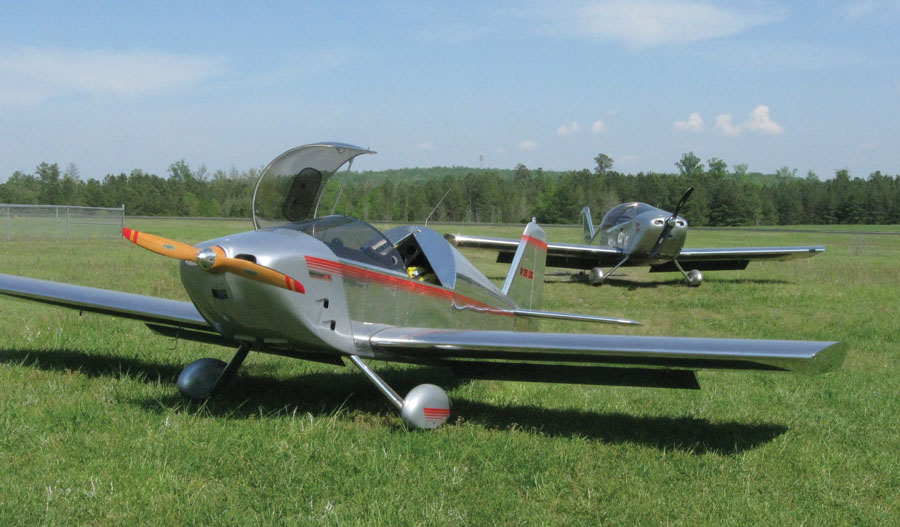
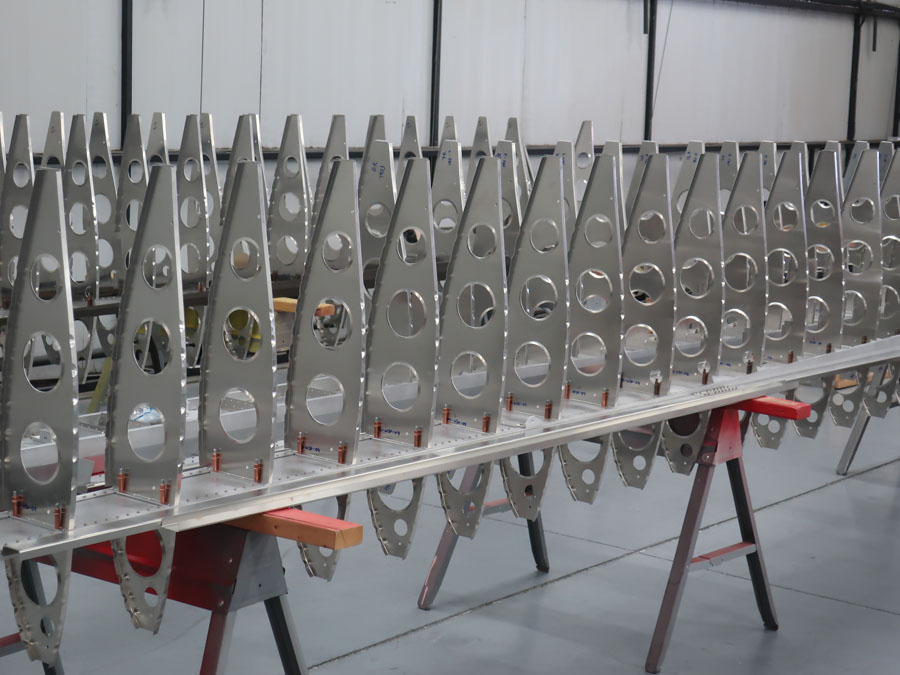
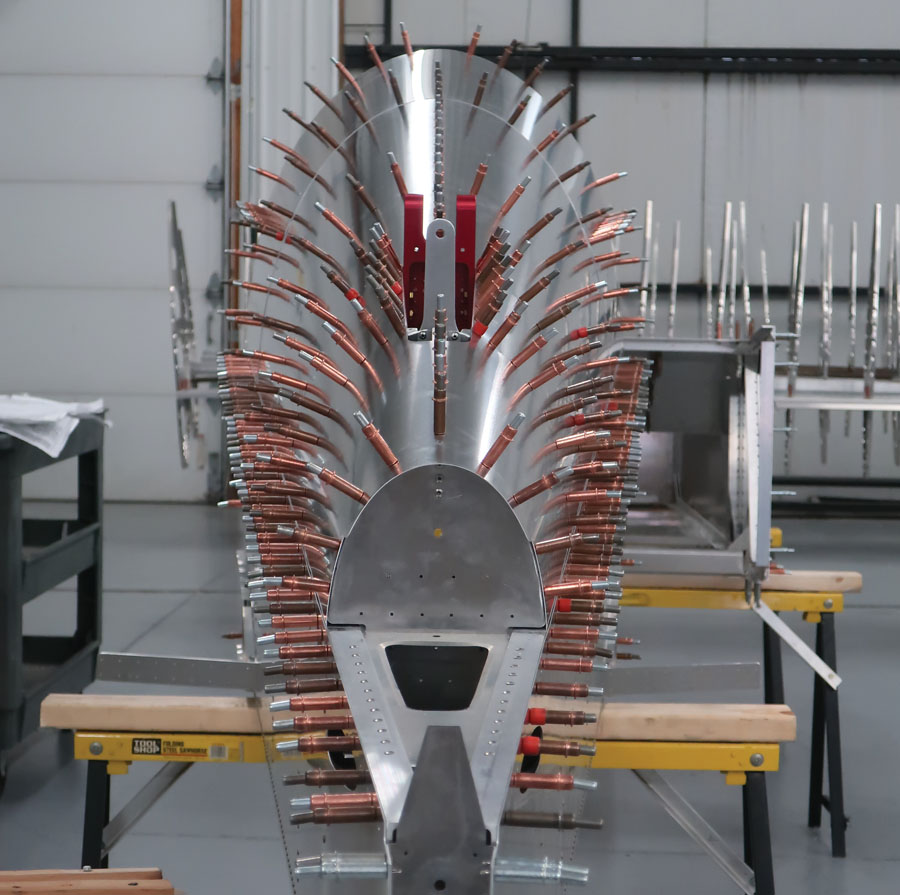

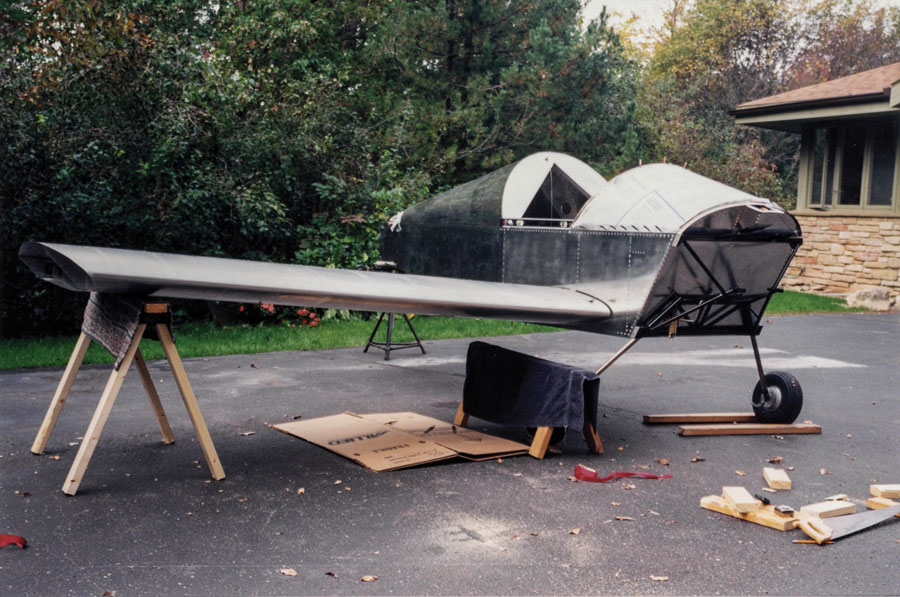
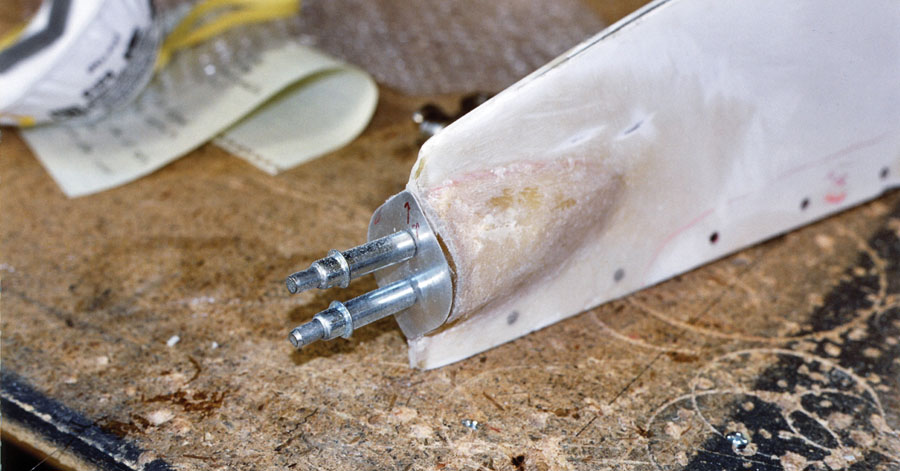
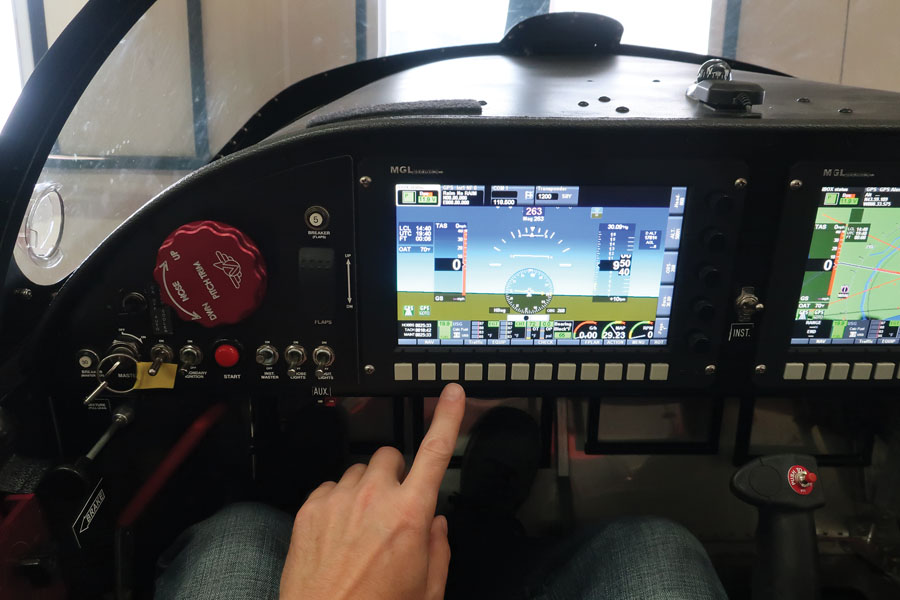










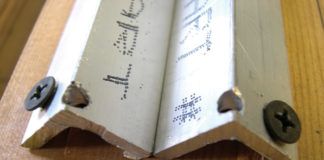
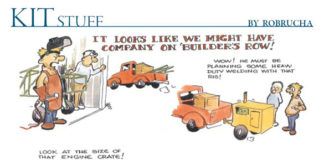

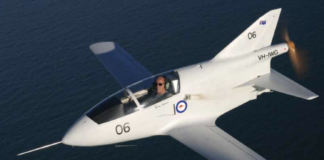
When asked, how many hours? I’ll say, I have no idea. The most asked question, When will it be done?… my answer is, it’s not new till it’s finished.
Having reviewed several years of projects reported by builders in Sport Aviation, I found that plans-built homebuilt airplanes took their builders from 2 to 6 hours per pound of empty weight. The lowest was for simple, usually ultralight planes, and the highest for award-winning composite planes. I use 4 hours per pound for my dream plane, mostly aluminum.